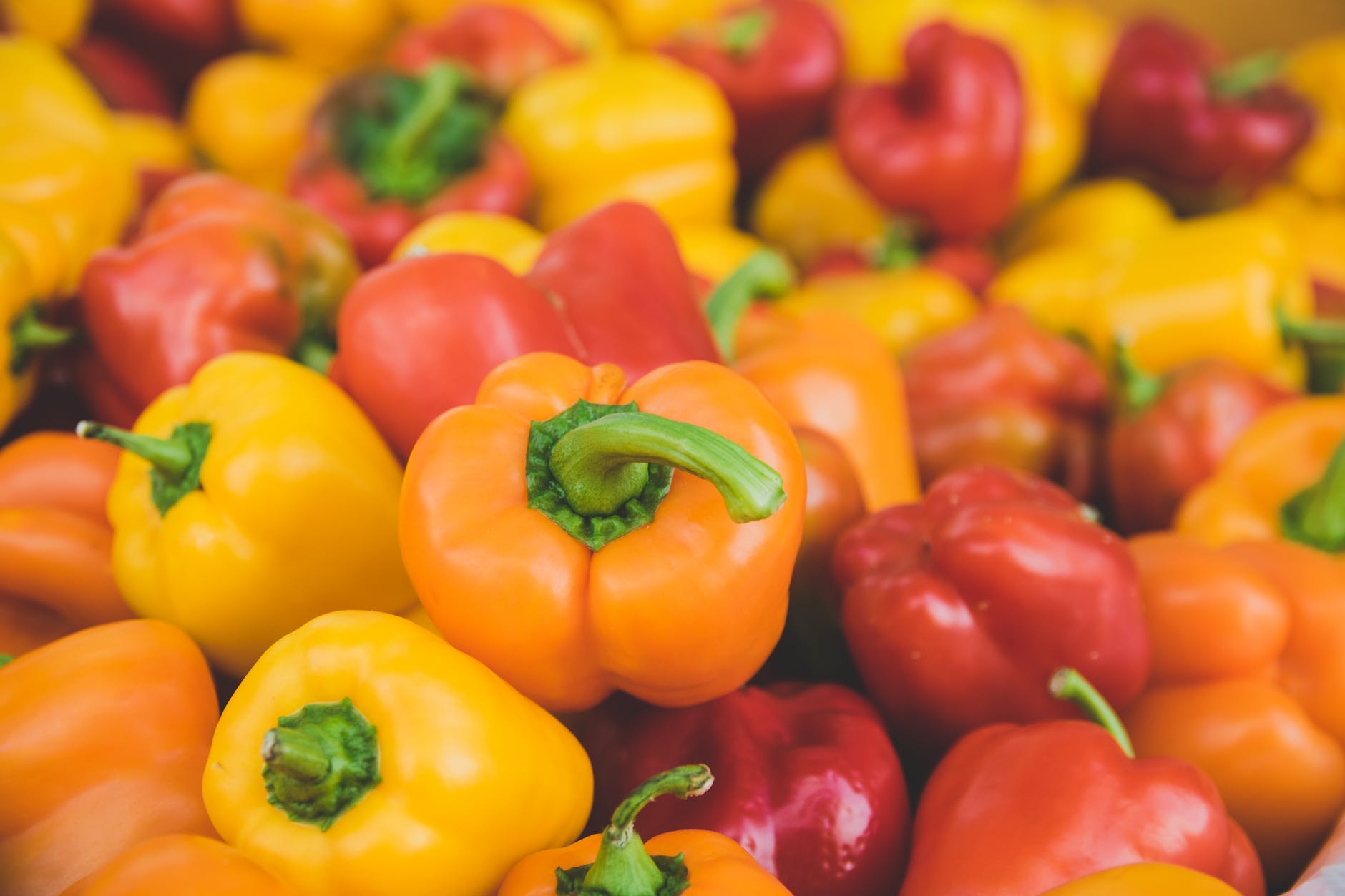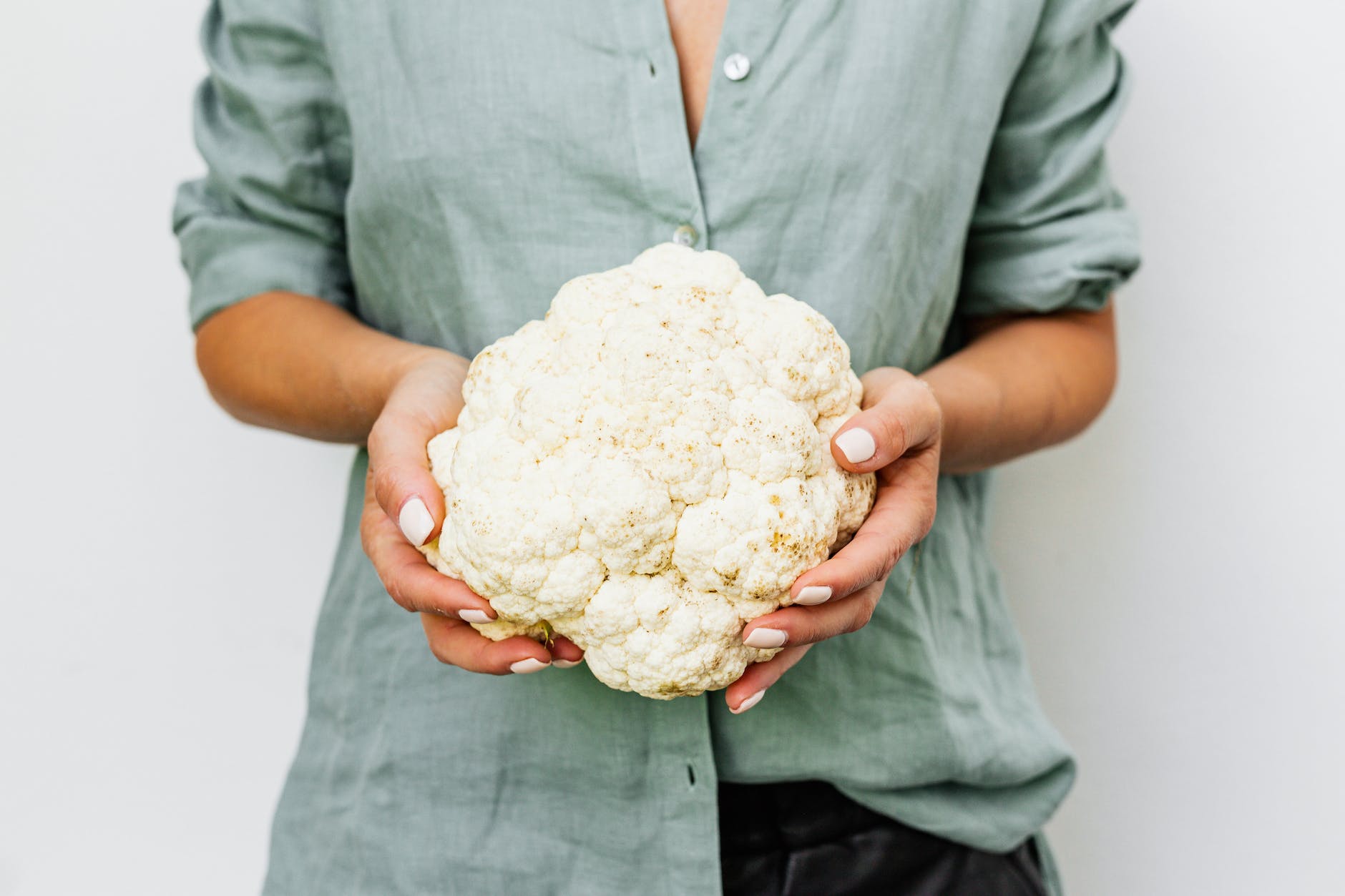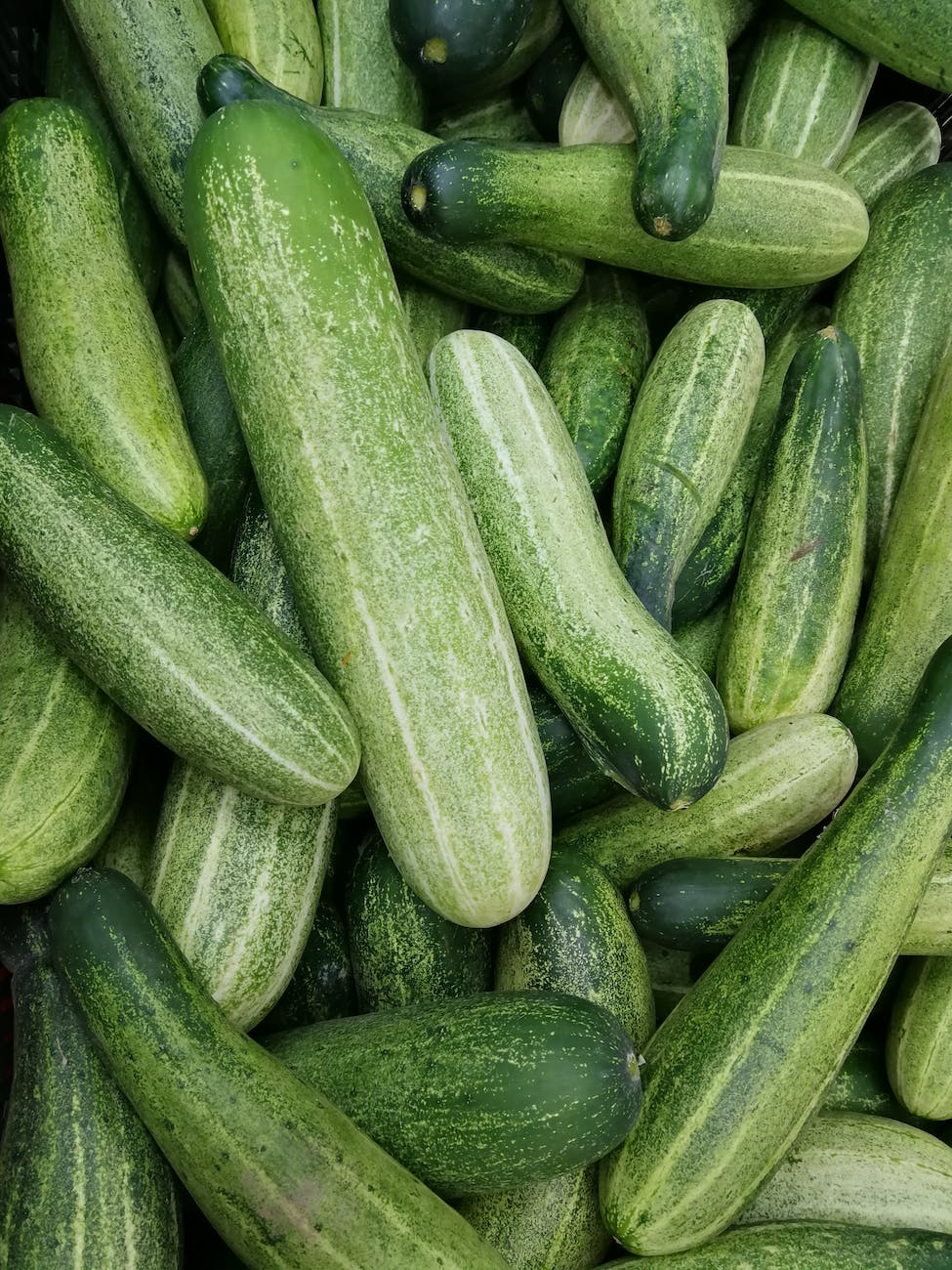
Bell peppers, or capsicums as they’re known in some regions, are a staple in cuisines worldwide. Their vibrant colors, ranging from green to red to yellow and even purple, are not just a visual treat but also an indicator of the nutritional wealth they carry. This guide is your one-stop resource for everything bell pepper-related.
The Nutritional Composition of Bell Peppers
Bell peppers, with their vibrant hues and crisp texture, are more than just a visual treat. They are a nutritional powerhouse, offering a diverse range of vitamins, minerals, and other beneficial compounds. Let’s delve into the intricate nutritional composition of these delightful vegetables.
Macronutrients:
- Calories: A medium-sized bell pepper is low in calories, averaging around 30, making it a guilt-free snack or addition to any meal.
- Carbohydrates: Bell peppers contain about 6-8 grams of carbohydrates, primarily from natural sugars and beneficial fibers. This makes them a suitable choice even for those watching their carb intake.
- Proteins: While not a significant source of protein, bell peppers do provide about 1 gram per medium-sized pepper.
- Fats: Bell peppers are virtually fat-free, containing less than 0.5 grams of fat. The minimal fat they do contain consists of essential fatty acids.
Vitamins and Minerals:
- Vitamin C: A standout nutrient in bell peppers, especially the red variety. A single red bell pepper can provide over 200% of the daily recommended intake of Vitamin C, essential for skin health, immune function, and collagen synthesis.
- Vitamin A: Yellow and orange bell peppers are rich in beta-carotene, which the body converts to vitamin A, crucial for vision, immune function, and skin health.
- Vitamin E: An antioxidant that helps protect cells from damage, bell peppers provide a modest amount of this essential vitamin.
- Potassium: This mineral, essential for heart health and muscle function, is present in decent amounts in bell peppers.
- Folate: Especially important for pregnant women, bell peppers offer a good dose of this B-vitamin, which supports cellular function and tissue growth.
Phytonutrients and Antioxidants:
- Capsanthin: This is the primary carotenoid found in red bell peppers, giving them their bright red hue. It’s known for its antioxidant properties.
- Quercetin: An antioxidant found in bell peppers, it’s known to have anti-inflammatory effects and can help lower blood pressure.
- Luteolin: Another antioxidant present in bell peppers, luteolin has been studied for its potential anti-cancer properties.
Dietary Fiber:
Bell peppers are a good source of dietary fiber, which aids in digestion, helps maintain healthy blood sugar levels, and can assist in lowering cholesterol. A medium-sized bell pepper provides about 2 grams of fiber.
The Color Spectrum: What Each Hue Offers
Bell peppers, with their radiant array of colors, have graced dishes across continents, adding not just flavor but also a burst of nutrition. Each hue, from the earthy greens to the fiery reds, tells a story of its own. Let’s embark on this colorful journey, exploring the tales and tastes of each shade.
Green Bell Peppers:
The youthful member of the bell pepper family, green bell peppers are the unripe versions of their colorful siblings. Their vibrant green hue is a testament to their freshness and zest, often seen as the starting point in the bell pepper’s life cycle.
- Taste Profile: Offering a slightly bitter yet crisp bite, green bell peppers are refreshingly tangy.
- Culinary Uses: A staple in Mediterranean salads, they’re also the star in Greek stuffed dishes and Asian stir-fries.
- Nutritional Highlight: Rich in Vitamin C and Vitamin K, they’re a fiber-packed delight.
- Health Benefit: Their antioxidants are known to combat free radicals, promoting overall vitality.
Yellow and Orange Bell Peppers:
Transitioning from green, bell peppers take on sunny shades of yellow and orange, symbolizing their peak sweetness and maturity. These hues bring a touch of sunshine to any dish, reflecting their inherent sweetness and fruity undertones.
- Taste Profile: Their delightful sweetness makes them a culinary favorite.
- Culinary Uses: They shine in Italian pastas, add vibrancy to Spanish tapas, and lend a sweet note to Indian curries.
- Nutritional Highlight: Abundant in vitamins A and C, their color indicates a rich carotenoid content.
- Health Benefit: Known to support eye health, reducing the risk of age-related ailments.
Red Bell Peppers:
Reaching the pinnacle of ripeness, red bell peppers boast of heightened sweetness and a deep, vibrant hue. Their rich, almost fruity flavor makes them a versatile culinary ingredient, often seen as the mature and wise member of the bell pepper family.
- Taste Profile: Their depth of flavor makes them suitable for both raw and cooked dishes.
- Culinary Uses: Essential in Middle Eastern dips, a key player in Mexican salsas, and a colorful addition to French ratatouille.
- Nutritional Highlight: They stand out with their high Vitamin C content and abundance of lycopene.
- Health Benefit: Lycopene’s properties are linked to reduced risks of certain cancers.
Purple and Brown Bell Peppers:
The enigmatic shades of purple and brown in bell peppers are a treasure trove of unique flavors and nutrients. Their earthy tones, combined with a hint of bitterness, set them apart from the rest, making them a rare but delightful find.
- Taste Profile: Their distinct flavor profile offers a change from the usual bell pepper taste.
- Culinary Uses: A delightful twist in Thai curries and a standout in South American salads.
- Nutritional Highlight: Their deep hues are attributed to anthocyanins, potent antioxidants.
- Health Benefit: Anthocyanins are celebrated for promoting heart health and fighting oxidative stress.
Bell Peppers and Weight Management
Bell peppers, with their mesmerizing array of colors ranging from green, yellow, orange, red, to the more exotic purple and brown, are more than just a visual and culinary delight. These vibrant vegetables, often the stars of many global cuisines, are also nutritional powerhouses that can play a significant role in weight management. Let’s delve deeper into the multifaceted benefits of these colorful gems and discover how they can be your trusted ally in achieving and maintaining a healthy weight.
A Symphony of Low Calories and High Nutrients:
Bell peppers stand out as a low-calorie food, making them a top choice for those keen on managing their calorie intake. But their allure doesn’t stop there. They’re brimming with essential vitamins and minerals, ensuring that every bite offers:
- Satiety: Their fiber content ensures you feel full, curbing the temptation of overeating.
- Nutritional Boost: From Vitamin C to antioxidants, bell peppers ensure you’re nourishing your body with every colorful bite.
The Fiber Factor:
Bell peppers, in all their vibrant hues, are a good source of dietary fiber, which has multiple benefits:
- Digestive Health: Fiber ensures smooth bowel movements, preventing constipation.
- Appetite Control: A fiber-rich diet promotes a feeling of fullness, reducing the likelihood of those mid-day snack cravings.
- Stable Energy: By stabilizing blood sugar levels, fiber ensures you have consistent energy throughout the day, preventing energy dips that can lead to unhealthy snacking.
Capsaicin: The Metabolic Game-Changer:
While bell peppers are generally on the milder side, they do contain capsaicin, especially in the spicier varieties. This compound is a game-changer for metabolism:
- Calorie Torching: Capsaicin gives metabolism a boost, helping the body burn calories more efficiently.
- Fat Utilization: It promotes fat oxidation, encouraging the body to use stored fat as an energy source, aiding in weight loss.
Stay Hydrated with Bell Peppers:
Bell peppers, be it the crisp green, the sweet red, or the sunny yellow, have a high water content. Proper hydration is essential for weight management because it:
- Supports Digestion: Water aids in digestion, ensuring nutrients are absorbed and waste is eliminated efficiently.
- Curbs Overeating: A hydrated body often feels less hungry, reducing the chances of overeating.
- Boosts Metabolism: Adequate hydration ensures all metabolic processes function at their peak.
Dietary Versatility: A Rainbow on Your Plate:
The kaleidoscope of bell pepper colors offers versatility that few other vegetables can match. They can be incorporated into a plethora of dishes and dietary plans:
- Global Cuisines: From the stuffed bell peppers in Mediterranean kitchens to the spicy stir-fries of Asia, these veggies are culinary chameleons.
- Diet Plans: Whether you’re on a keto, paleo, vegan, or Mediterranean diet, bell peppers can be seamlessly woven into your meals, ensuring you reap their weight management benefits without compromising on taste.
Cooking with Bell Peppers: Tips and Tricks
Bell peppers, with their vibrant hues and crisp texture, have graced kitchens worldwide, becoming a staple in countless dishes. Their versatility, combined with their rich nutritional profile, makes them a favorite among chefs and home cooks alike. Whether you’re sautéing, roasting, or stuffing them, bell peppers can elevate your culinary creations. Here’s a guide to mastering the art of cooking with these colorful gems.
Selecting the Perfect Bell Pepper:
- Color Matters: Each color has a unique flavor profile. Green peppers are slightly bitter, red ones are sweet, while yellow and orange offer a milder taste. Choose based on the dish you’re preparing.
- Smooth Skin: Look for bell peppers with taut, glossy skin. Wrinkled or soft spots may indicate they’re past their prime.
- Firm to Touch: A ripe bell pepper should feel firm when gently squeezed.
Preparation Techniques:
- Washing: Always rinse bell peppers under cold water to remove any dirt or pesticides.
- Deseeding: Cut the top off and gently tap out the seeds. For a cleaner removal, slice the pepper into halves or quarters and then remove the seeds and white membranes.
- Slicing and Dicing: For even cooking, ensure slices or dices are uniform in size.
Cooking Methods:
- Sautéing: A quick sauté in olive oil or butter can enhance the natural flavors. Add some garlic or onions for an aromatic treat.
- Roasting: Roasting bell peppers, especially red ones, brings out their natural sweetness. It also makes the skin easy to peel off.
- Grilling: Perfect for summer BBQs, grilled bell peppers get a smoky flavor and charred exterior.
- Stuffing: Large bell peppers can be hollowed out and stuffed with a variety of fillings, from rice and meat to cheese and veggies, then baked.
Flavor Combinations:
- Herbs and Spices: Bell peppers pair well with basil, oregano, thyme, rosemary, and spices like cumin and paprika.
- Proteins: They complement chicken, beef, fish, and even tofu, making them versatile for various dishes.
- Dairy: Cheese, especially feta, mozzarella, and cheddar, can be combined with bell peppers for a rich flavor profile.
Storing Tips:
- Refrigeration: Store bell peppers in the vegetable crisper drawer of your fridge. They can last up to a week when stored properly.
- Freezing: For longer storage, you can freeze bell peppers. However, it’s best to use frozen peppers in cooked dishes as they may lose some of their crispness.
Bell Peppers: Health Benefits and More
- Skin Health: The Vitamin C in bell peppers aids in collagen production, essential for skin elasticity.
- Eye Health: Lutein and zeaxanthin in bell peppers reduce the risk of cataracts and macular degeneration.
- Heart Health: The fiber, folate, and Vitamin C work together to keep the heart healthy by reducing bad cholesterol.
Bell peppers, often the vibrant stars of many dishes, are not just about adding color and crunch to your meals. These versatile vegetables are a treasure trove of health benefits, making them a must-have in any balanced diet. Let’s delve into the myriad of health advantages they offer and explore more about these colorful wonders.
A Nutritional Powerhouse:
Bell peppers are packed with a variety of essential nutrients:
- Vitamin C: Known for its immune-boosting properties, bell peppers are a rich source, especially the red variety.
- Vitamin A: Essential for vision and skin health.
- Folate: Supports cell function and tissue growth.
- Potassium: Helps regulate blood pressure and fluid balance.
- Antioxidants: Contains beta-carotene, quercetin, and lutein, which combat oxidative stress.
Promotes Eye Health:
The combination of beta-carotene, lutein, and zeaxanthin in bell peppers contributes to eye health, reducing the risk of age-related macular degeneration and cataracts.
Supports Immune Function:
The high Vitamin C content not only boosts the immune system but also aids in the absorption of iron, reducing the risk of anemia.
Aids Digestion:
Bell peppers are a good source of fiber, promoting healthy digestion and preventing constipation.
Anti-Inflammatory Properties:
The antioxidants in bell peppers help reduce inflammation in the body, which can lead to chronic diseases.
Supports Healthy Skin:
Vitamin C in bell peppers aids in the production of collagen, essential for maintaining skin’s elasticity and preventing wrinkles.
May Aid Weight Management:
Being low in calories and high in fiber, bell peppers can make you feel full, reducing overall calorie intake.
Versatility in Cooking:
Beyond their health benefits, bell peppers are incredibly versatile in the kitchen. They can be roasted, grilled, sautéed, or eaten raw, fitting seamlessly into a variety of dishes across different cuisines.
Choosing and Storing:
When selecting bell peppers, opt for those with smooth, taut skin. They should feel heavy for their size. Store them in the refrigerator’s crisper drawer, where they can last for up to a week.
FAQs: Answering Your Bell Pepper Queries
FAQs on Bell Peppers
Bell peppers, with their vibrant colors and crisp texture, often raise a plethora of questions regarding their nutritional value, culinary uses, and health benefits. Here, we address some of the most commonly asked queries about these colorful vegetables.
1. Green, Red, and Yellow Bell Peppers – What’s the Difference? Green bell peppers are usually harvested earlier, giving them a slightly bitter flavor. As they mature, they turn yellow and then red, becoming sweeter in the process. The nutritional content also varies, with red peppers typically having higher levels of Vitamin C and beta-carotene.
2. Are Bell Peppers Suitable for Weight Loss? Yes, bell peppers are low in calories and high in fiber, making them an excellent choice for those looking to manage their weight. Their satiating nature can help reduce overall calorie intake.
3. Can Bell Peppers be Eaten Raw? Absolutely! Bell peppers can be enjoyed both raw and cooked. Eating them raw preserves their crisp texture and many of their nutrients.
4. Why “Capsicums” Instead of Bell Peppers? In many parts of the world, especially in countries like Australia and India, bell peppers are referred to as capsicums. The term “pepper” is more commonly used in the U.S. and Canada.
5. Bell Peppers and Skin Health – What’s the Connection? Yes, the Vitamin C in bell peppers aids in collagen production, essential for maintaining skin elasticity and preventing wrinkles.
6. Do Bell Peppers Cause Digestive Issues? While bell peppers are generally easy to digest due to their fiber content, some individuals might experience mild bloating or gas. It’s always best to monitor how your body reacts and adjust your intake accordingly.
7. Storing Bell Peppers for Freshness? Store bell peppers in the refrigerator’s crisper drawer. Keeping them in a plastic bag can help retain their freshness for up to a week.
8. Edibility of Bell Pepper Seeds? While bell pepper seeds are edible and non-toxic, they can be slightly bitter. Most people prefer to remove them before consumption.
9. How Do Bell Peppers Benefit Eye Health? Bell peppers contain compounds like beta-carotene, lutein, and zeaxanthin, which are known to promote eye health and reduce the risk of age-related eye diseases.
10. Freezing Bell Peppers – Is it Possible? Yes, bell peppers can be frozen. However, it’s best to use frozen peppers in cooked dishes as they may lose some of their crispness upon thawing.
Wrapping Up
Bell peppers are a delightful addition to any meal, not just for their taste and texture but also for the myriad of health benefits they offer. Whether you’re looking to boost your Vitamin C intake, manage your weight, or simply enjoy a tasty vegetable, bell peppers are the answer.
Blog Tags: Bell Peppers, Nutrition, Weight Loss, Culinary Tips, Eye Health, Skin Benefits, Capsicum, Cooking, Storage, Digestion.













